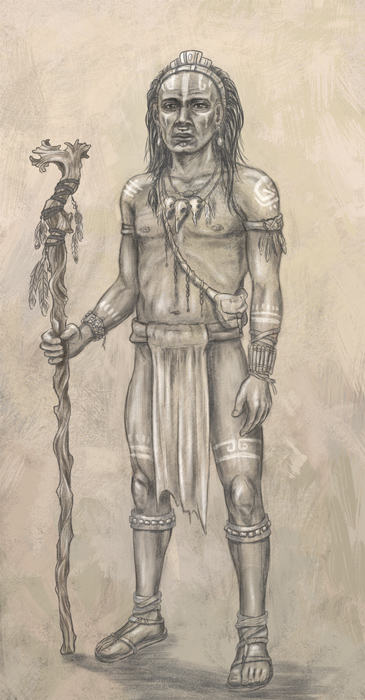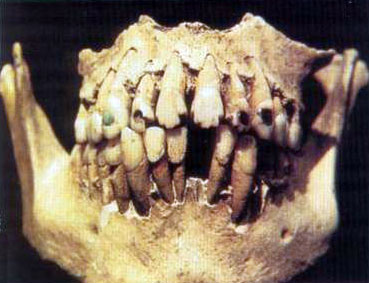Religion, ritual & science
 The Mayan civilisation rose to prominence in the swampy lowlands of what we now know as southern Mexico, Guatemala, western Honduras, El Salvador and northern Belize. The diversity of the territory meant that a large variety of diseases could flourish but it also provided a multitude of potential plant remedies with which the Mayans could experiment.
The Mayan civilisation rose to prominence in the swampy lowlands of what we now know as southern Mexico, Guatemala, western Honduras, El Salvador and northern Belize. The diversity of the territory meant that a large variety of diseases could flourish but it also provided a multitude of potential plant remedies with which the Mayans could experiment.
Read more about the Mayan civilisation
Religion and medicine
Mayan medical practice was a complex blend of mind, body, religion, ritual and science. Health was the result of living according to the laws of nature and society, and illness the result of the transgression of those laws. The Maya equated sickness with captivity of the soul by supernatural beings, angered by some perceived misbehaviour. Medicine was only practiced by the specially selected individuals who had received an extensive education. These people were called shamans (pictured, who acted as intermediaries between the physical and spiritual worlds) and ah-men (the “disease throwers”).
The ancient Maya perceived health as “balance”, whereas illness and disease were “imbalance”. Mayan medical texts are devoted to the treatment of symptoms based upon the effects of certain herbal remedies which could be swallowed, smoked, snorted, rubbed on the skin, and even given as enemas.
A Mayan shaman administering an enema using a leather introducer
Plant extracts and hallucinogens
Herbal remedies were often employed according to the colour of the originating plant:
- red for rashes, blood disorders & burns;
- blue for neural sedatives;
- yellow (the colour of bile) for diseases of the liver & spleen.
- white was generally avoided since it was seen as a signal of death.
Shamans employed mind-altering substances such as morning glory, “magic” mushrooms, tobacco and other hallucinogens. Self-brewed alcoholic preparations were also used, especially during rituals, to help them to communicate with the spirit world in the hope of re-establishing good health by restoring the correct “balance”.
Hot and cold were also key concepts in Mayan medicine: “cold” disorders such as constipation, cramps or paralysis would be treated with hot, spicy foods whilst "hot" disorders such as fever, diarrhoea or vomiting would be treated with cold plants or food (e.g. cheese).

Mayan physicians undoubtedly described four specific diseases - pinta, leishmaniasis, yellow fever and an eye condition which was probably trachoma - as well as several psychiatric syndromes. Athlete’s foot and diarrhoea were everyday occurrences and were often cured using herbal remedies. They regularly used “sweat baths”, similar to today’s saunas. These were often combined with massage to alleviate gynaecological symptoms such as dysmenorrhoea, menopause, premenstrual tension and infertility; massage is still practised in parts of meso-America today for these conditions.
Surgery
Although there is no specific evidence of urological conditions or treatments during the Mayan period, the shamans and ah-men did demonstrate considerable surgical skill. It is known that they sutured wounds with human hair, they were skilled bone-setters and trephined the skull using primitive drills.
They were also accomplished dental surgeons, making prostheses and filing teeth into a variety of shapes, often with perforations (pictured) to insert decorative pieces of jade, turquoise, haematite, iron pyrites or other organic material; such ornamentation was especially common amongst women.
← Back to Time Corridor